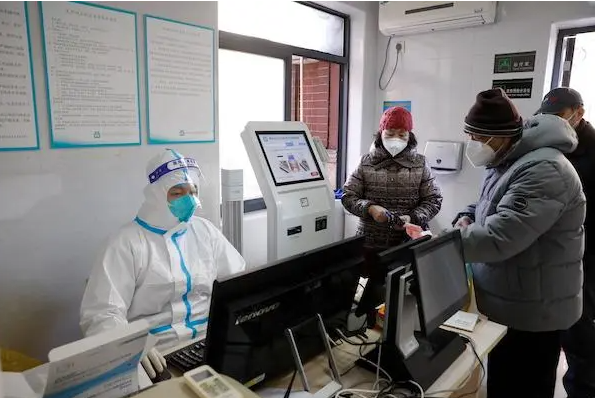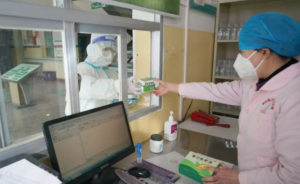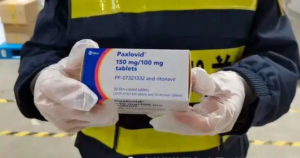
Shanghai builds “Graded Medical Service Grid” to enable primary care and orderly referral of patients with new coronavirus infection
At the moment, Shanghai is trying to promote the graded and classified treatment of people infected with the new coronavirus. For its part, the Shanghai Health Care Commission said on the 30th that recently, the commission has focused on building an up-and-down linkage and collaborative treatment mechanism between municipal and district medical institutions to improve the efficiency and continuity of medical services. At the same time, Shanghai formed a regional critical care clinical treatment expert team. The critical care expert team includes multidisciplinary experts from city and district hospitals, and through regular expert meetings and consultations in various forms, they will make a comprehensive assessment of the condition of critical care patients in the region and do a good job of critical care treatment.
According to the introduction, Shanghai based on the construction of regional medical association grid, combined with the current situation of inter-hospital cooperation, the establishment of the “grading treatment service grid of the new coronavirus infected patients”, each service grid basically consists of a municipal comprehensive, a district comprehensive and several community health service centers. At present, 249 community health service centers in Shanghai have established a three-tier linkage mechanism with 53 district-level general hospitals and 17 municipal-level general hospitals to facilitate two-way referrals and implement primary care and orderly referrals for patients with NCCV.
Currently, each municipal general hospital, as the lead medical institution within the service grid, mainly treats critically ill patients and strengthens the upward and downward linkage with its counterpart district hospitals and community health service centers. Each district-level hospital, as the intermediate force within the service grid, admits and treats patients with more severe symptoms, more complications, and whose underlying diseases are affected. Each community health service center, as the primary treatment institution within the service grid, guides the treatment of asymptomatic infected patients and patients with minor illnesses, and relies on the fever sentinel clinic (outpatient clinic) to perform pre-screening, triage and screening functions.
Shanghai also comprehensively improves the ability of medical institutions at all levels to receive fever clinics. The company’s main business is the development of a new product, which is a new product for the company.
In Jiading District, the reporter learned that the community health centers fully rely on the power of the family doctor team: the contact information of 385 family doctors was announced to the public, and the 24-hour fever consultation telephone number of the community health service center was released to provide consultation for the public as much as possible. Nanxiang Hospital has opened an Internet “cold and flu clinic”, which has formulated various epidemic protocols for different groups of people to ease the pressure on the hospital’s outpatient and emergency departments; the hospital has also set up an Internet hospital for general medicine, so that patients with various chronic diseases can dispense medication online. Nanxiang Hospital introduced that the hospital has trained medical personnel in the departments of emergency medicine, respiratory medicine, traditional Chinese medicine, pediatrics and anesthesiology to carry out knowledge related to critical care and reserve critical care teams.
During the visit, the reporter learned that the community health service centers in Minhang District have implemented nighttime “micro-emergency care”. According to statistics, 38,266 fever outpatient visits were made in the past week, of which 26,313 were made at the community fever outpatient sentinel clinics, with a community access rate of 68.76%. Shanghai No. 5 People’s Hospital (Five Hospitals) and Minhang District Central Hospital (Min Center), the regional medical center, had 1,264 and 1,446 daily emergency visits respectively in the past week.
Minhang District told reporters that for socially run medical institutions, nursing homes and rehabilitation hospitals, the district has established and improved a rapid response mechanism for medical treatment, consultation and referral, and built a three-tier treatment network consisting of socially run medical institutions, community health service centers and regional medical centers to carry out consultations, referrals and other counterpart support according to actual demand. It is reported that there are 67 elderly institutions in the district, and the district elderly institutions management center to establish a communication mechanism, by the local community health service center is responsible for regular rounds of elderly institutions, drug coordination and distribution, medical treatment, referrals, etc., Min Center and five hospitals to open a green channel for referral, to ensure that elderly institutions seriously ill elderly patients the first time to get treatment. (End)


Average Rating